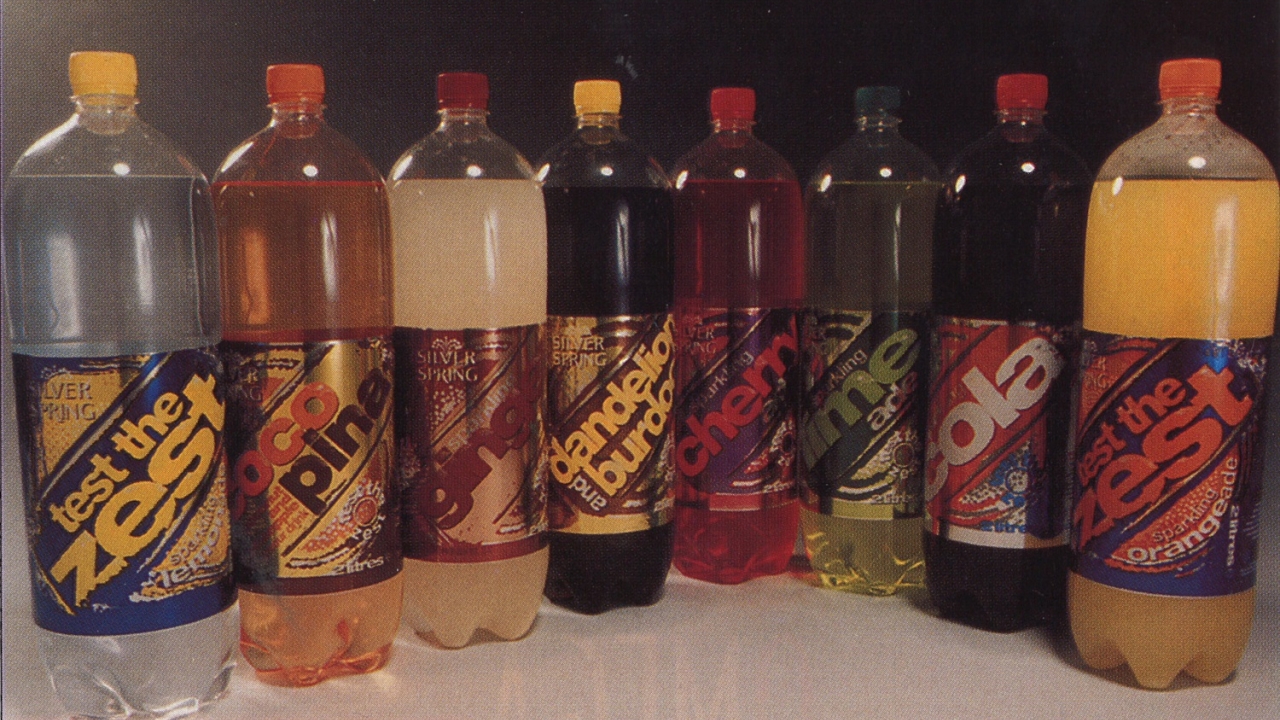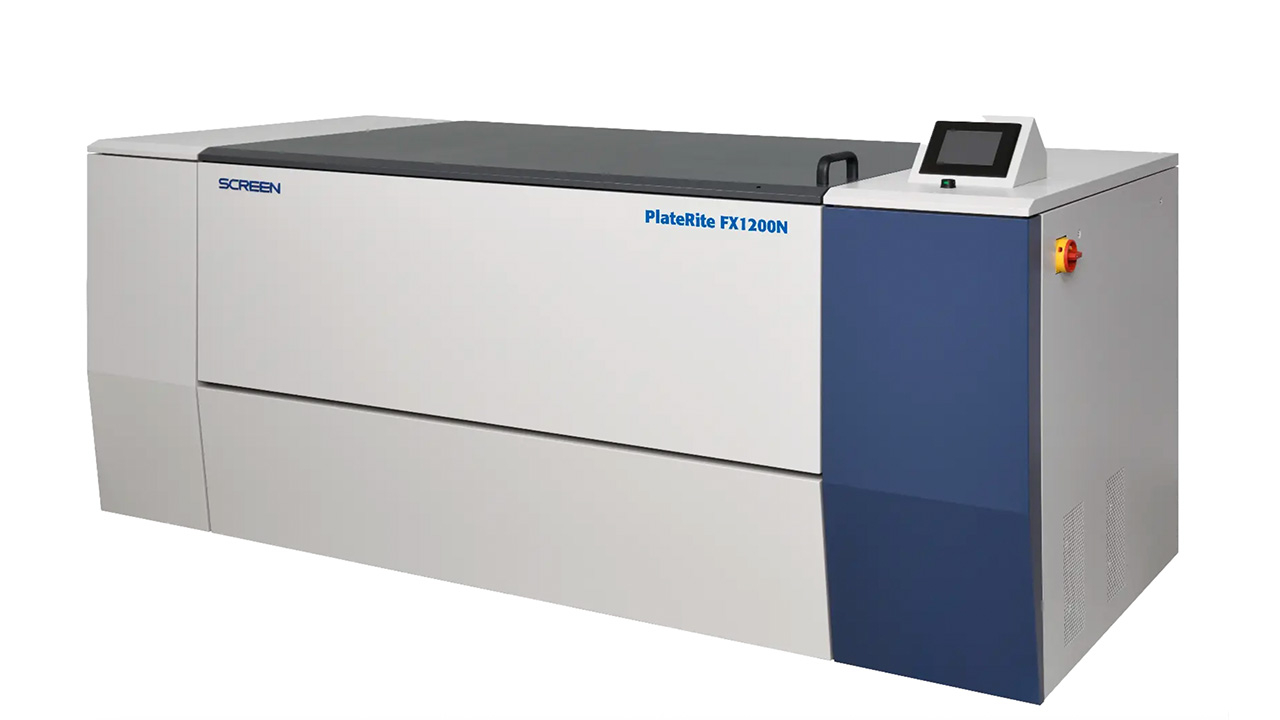L&L turns 40: Flexo printing – the rising star in the graphics world

The next time that you pay a visit to a supermarket or department store, take a look at the graphics and packaging being used to display manufacturers’ products. The quality of both design and reproduction is superb, but what is more the majority of it is now printed flexo. Tracing the history of this meteoric rise to the present heights of flexo, several aspects need consideration.
Firstly is the way in which the process has developed in terms of technique. It is fair to admit that not so long ago, flexo was regarded as the poor relation of print – just used for rubber stamps and cardboard box printing. However in the last fifteen years the process has changed unrecognisably**.
There are now over 5,500 flexo printers in Europe, operating 12,000 presses. They produce over 72 billion square metres of material in a market which is showing a five per cent growth, year on year. The area which has experienced the highest level of growth has been folding cartons, where printed area is up 30 per cent. Labels rose by 15 per cent and newspapers 10 per cent.
By the Millennium, flexible packaging is expected to account for 20 billion square metres of printed material while post-print should account for 25 billion square metres, with those two groups accounting for 60 per cent of all flexo printed material, and will account for around 33 per cent of growth in the entire market.
This change in part has been achieved by the digital revolution with computer technology used in offset being adopted and further developed for flexo, with the result that the designer and the studio has at least the same tools, and in many cases better, than their offset and gravure counterparts.
These front end changes have been mirrored in changes to the press and plate making materials and techniques. Flexo is now being used on fine screen applications and printing six or eight colours is far from the exception. This has been helped by the introduction of stochastic screening methods and new press technology, a part of which has been the introduction of laser engraved anilox rolls with 500Lpcm, which is offset quality.
The ink manufacturers are responding by producing environmentally friendly water based inks and coatings, food proof inks and new Hexachrome inks to enhance the quality of the final printed product.
Compared to the growth in material printed flexo, the demand for plates, anilox rolls and inks has grown significantly faster. The demand for inks has grown twice as fast as the printed area while the demand for plates has grown three times as fast.
The overall result of this advance is that levels of print quality have risen dramatically, so that flexo is now positioned as a viable option for designers, printers and end users. And they are all sitting up and taking notice.
One of the groups who is fulfiling the flexo option and making the going for future development are the designers. They are producing designs, particularly in the food industry, to attract the buyer at the point of purchase, which is quite often from the freezer in the supermarket on a busy Saturday morning. Like all designers, they are pushing the capabilities of flexo constantly and flexo is responding. This response is made by printers who have totally taken on board the process. As explained at the beginning of this article there was a certain amount of scepticism over flexo and its capabilities. Now that feeling has diminished with the result that several large traditional offset printers have converted totally to flexo.
This conversion has been difficult as they have had to change to a new culture. This change over has been eased by the support of the European Flexographic Technical Association (EFTA) based in Bristol. This organisation provides training at all levels to help the printer convert and then keep him up to speed with new technologies and development which it provides from its forum of members who include other printers, plate suppliers, inks and coatings manufacturers, substrate suppliers and repro houses.
EFTA has also developed new training skills programmes with senior courses, CD training programmes on individual aspects such as anilox rolls, plate making, inks and coatings and a virtual reality training through Sinapse in partnership with the BPIF.
EFTA also co-operates with all the main print associations and the Institute of Packaging and Print as it has a commitment to furthering the quality of the process and establishing it as the medium for the Millennium. Furthermore it sponsors an international flexo exhibition at the NEC in Birmingham, the next being in February 1999. There is also an interchange of information between other FTA’s in America, Brazil, France, Germany and South Africa.
The Association also runs an annual awards programme where printers submit their samples for judging by a panel which include some of their peers, editors of print journals and the hardest judge of all, the end user.
It is this latter group who had the most difficulty in coming to grips with the process. They were the most conservative and could not see the real reason for change.
‘The end user was resistant to change, they were getting new designs printed offset or gravure on time and therefore could not see the value of a change,’ says Steve Wilkinson, chairman of EFTA. ‘They could foresee problems in start-up, delivery schedules and general hassle. The pioneering printers soon convinced by running extensive trials in which they produced quality print often in a just-in-time context.’
The real swing to flexo was when packaging was seen as a medium in its own right. Products had to appeal off the shelf or out of the freezer to a discerning consumer and furthermore convince a hardened trade buyer that the product would move off the shelf quickly, both in terms of overall packaging and the important area of labelling. The consumer too began to look at packaging. Research has shown that the quality of packaging is seen as an indication of product quality and price and that the overall look of a pack will influence choice. (Viz a viz cosmetics, perfumes, specialised spirits and foods).
So what is the future for flexo? It has proven its capabilities and still has potential for development as designers have only just scratched the surface of its flexibility. Work is going on in direct to plate and digital printing aspects of flexo, so much so that EFTA believes that its 1999 Awards Presentation will take on a completely different character from previous years with new categories for the new techniques. The industry also has to take account of impending EEC regulations on packaging, the ‘Europeanisation’ of many food producers, the increased impact on global brands and the rationalisation of supplier numbers. In terms of share of the print market, industry estimates predict that flexo will form a 25 per cent share of the packaging print market by the Millennium. EFTA believes that it will be more like 30 per cent.
*This article was first published in Labels & Labeling issue 4, 1998
**This transcription is a direct replication of the article as first published
Follow Labels & Labeling on Twitter, LinkedIn and Instagram, then share your memories of the magazine using #LnLturns40
Find out how to join in with Labels & Labeling’s 40th anniversary celebrations here
Stay up to date
Subscribe to the free Label News newsletter and receive the latest content every week. We'll never share your email address.


